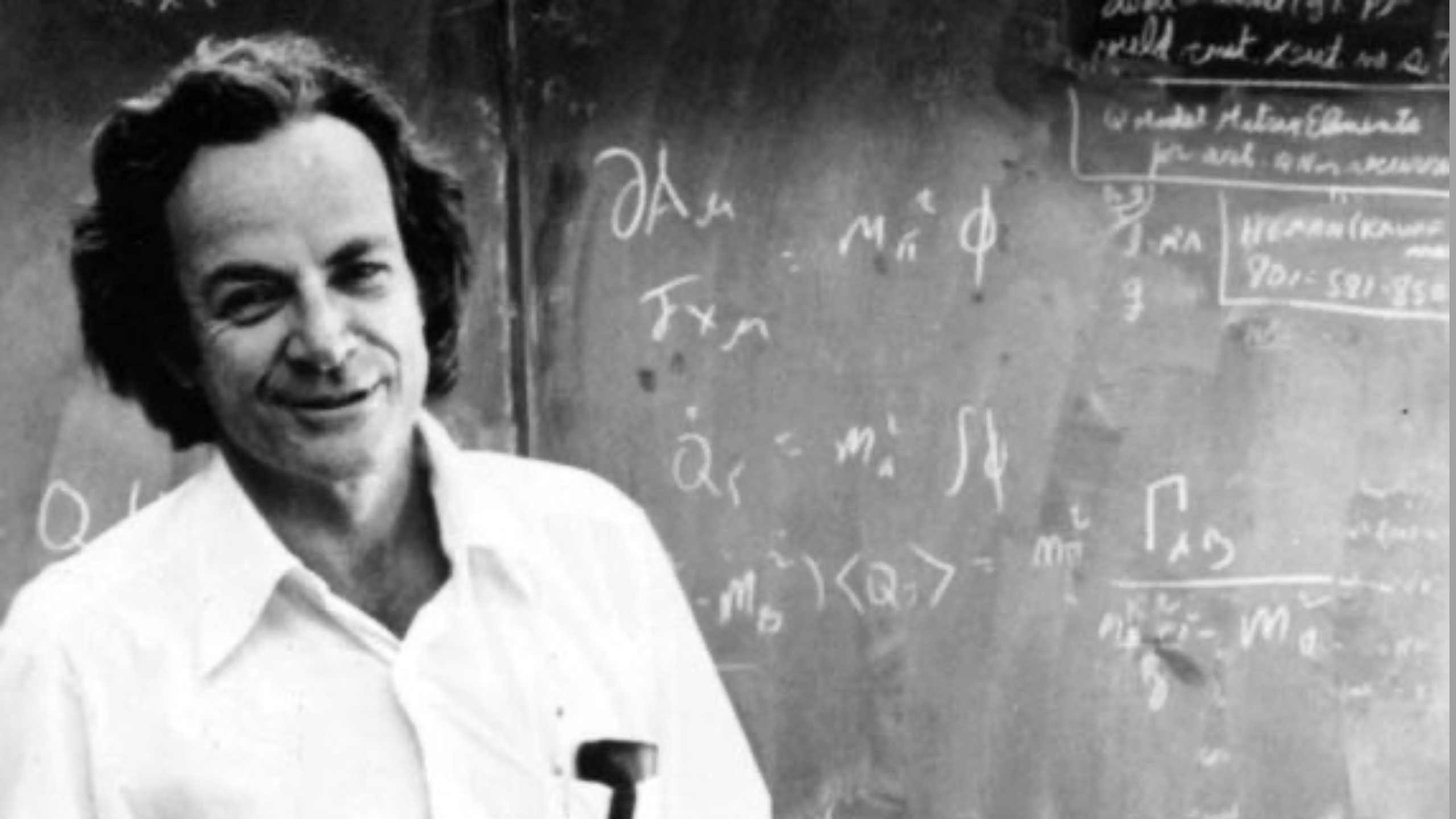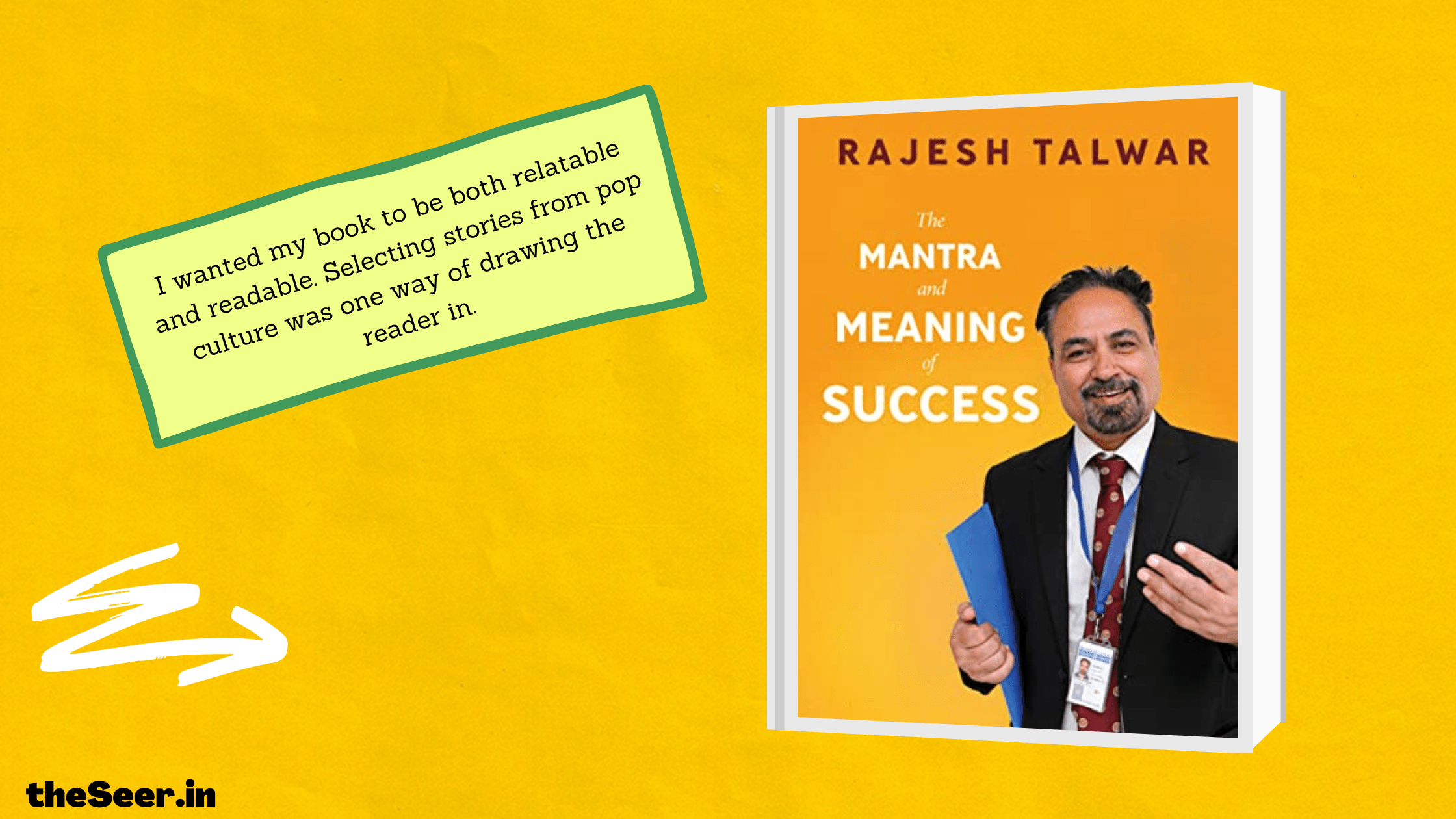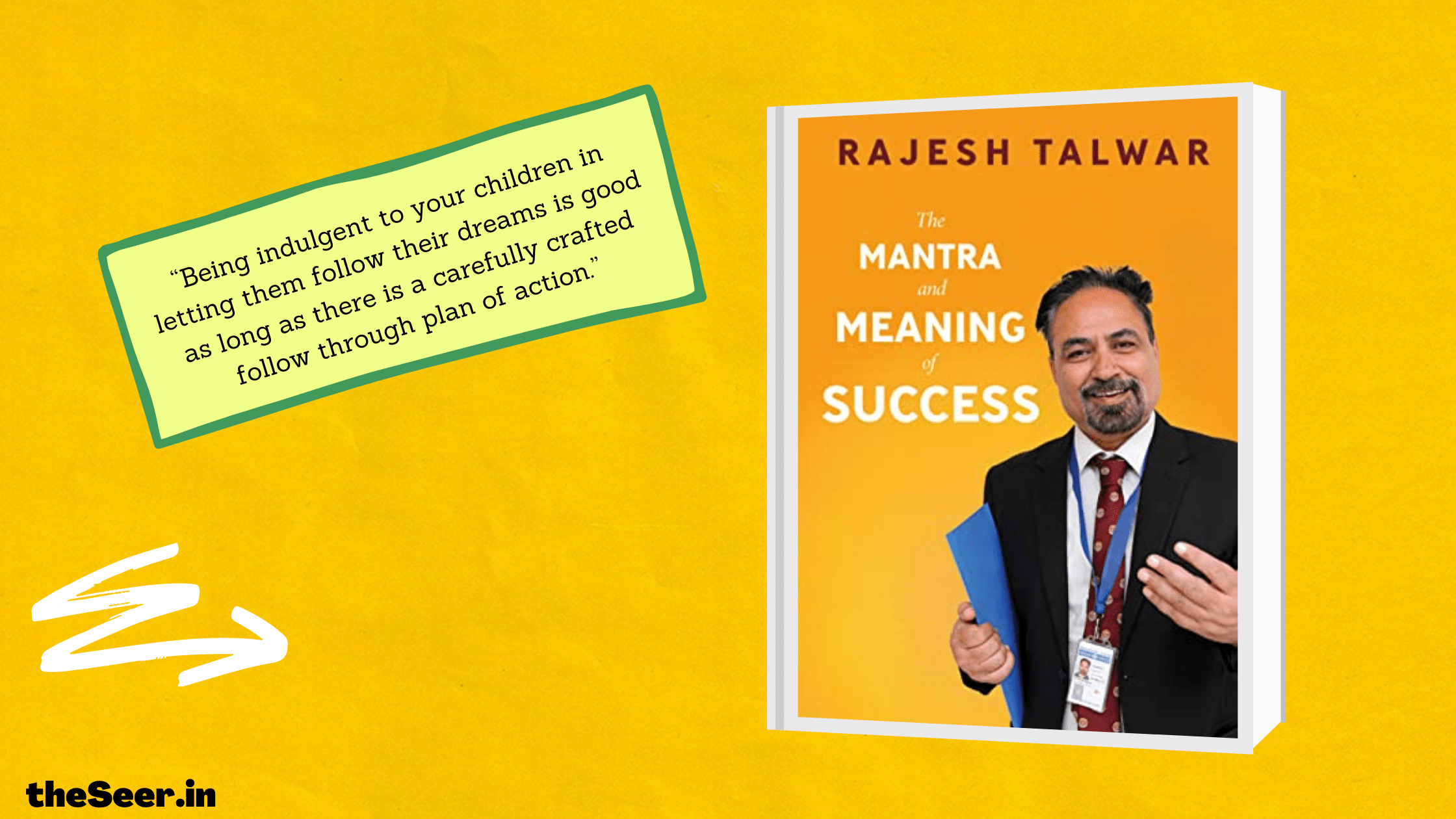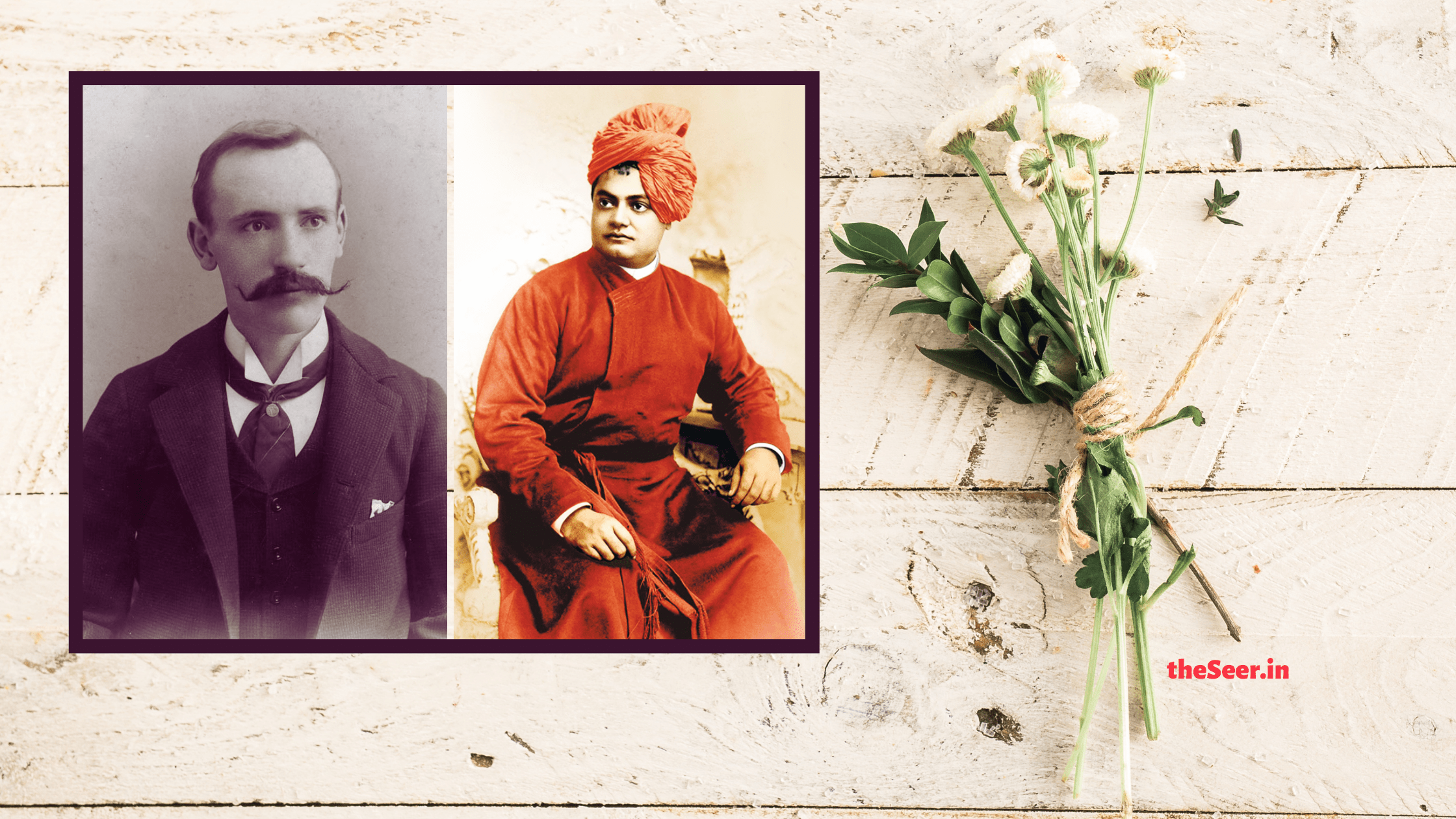“There are besides in the city temples pompous with lofty roofs, conspicuous among them the Serapeum, which, though feeble words merely belittle it, yet is so adorned with extensive columned halls, with almost breathing statues, and a great number of other works of art, that next to the Capitolium, with which revered Rome elevates herself to eternity, the whole world beholds nothing more magnificent.”, wrote Ammianus Marcellinus, a 4th century Roman historian, about the great Serapeum at Alexandria that housed the Greco-Egyptian God Serapis.
It was one of the first buildings you noticed as you sailed towards Alexandria. While the public memory keeps reminiscing the Colosseum or the Parthenon, very few are aware of the Serapeum. In AD 392, a bishop named Theophilus destroyed the Serapeum and almost all other temples in Alexandria, column by column. Catherine Nixey in her book ‘The Darkening Age’, describes the tragedy vividly – “One day, early in AD 392, a large crowd of Christians started to mass outside the temple with Theophilus at its head. And then, to the distress of watching Alexandrians, the crowd had surged up the steps, into the sacred precinct and burst into the most beautiful building in the world. And then they began to destroy it….”
The destruction of Serapeum (Read more about the Serapeum) marked the final triumph of Christianity in Egypt as well as throughout the Roman empire. Theodosius II (Emperor of the Eastern Roman empire) and Honorius (of the Western Roman empire), in one of their final edicts regarding pagans in AD 423, declared thus, “We now believe there are none.” (CTh. XVI.10.22)
Similar was the fate of almost all the magnificently built so called ‘pagan’ temples, repeated many times in history, by the fanatics of the new ‘religions’, starting with Christianity, and followed by Islam. One of the most well known monuments, Parthenon, which was the temple of the Goddess Athena in Athens and has inspired hundreds of poor imitations across the globe, was converted into a Christian church in the 6th Century AD and then turned into a mosque after the Ottoman conquest in the mid-fifteenth century.
***
Closer Home
An eerily similar fate was being thrust upon the temples of the so called ‘infidels’, or the Hindus, the Buddhists, and the Jains, or on a whole, of the Indian civilisation. Here was a way of life with an open architecture with enough and ever-expanding space for polytheists, monotheists, agnostics, atheists. The spirit of assimilation and open heartedness embedded in its philosophy and daily life in practice, let the society shape its Gods and Goddesses through history, worship them to their heart’s content and chosen ways, build glorious temples one after the other for their deities as each of the sects desired. Much like the Greek and the Egyptians, here was a race that had made great progress in philosophy, sciences, mathematics, architecture, and almost all the faculties known to humanity at the time. This civilisation that largely engaged itself in the physical as well as the spiritual progress of humanity was ambushed by a brute force of Islamic invasions carrying the mission of creating an Islamic world by the power of sword. People who refused to convert were slayed. Much like Hypatia of Alexandria, the Hindu and Buddhist scholars who tried to protect the existing and far more developed ways of life were murdered on the streets. Queens and princesses who couldn’t commit Jauhar were captured and turned into concubines of the officers of this new cult. Books by millions and libraries were set ablaze and destroyed. The progress of thousands of years was undone within a few hundred years of the Islamic rule.
***
What happened to temples of the Indians?
Kashi Vishwanath at Varanasi was demolished by Aurangzeb and a mosque known as Gyanvapi was constructed. The Keshavdeva temple was destroyed by Aurangzeb in 1670 and in its place Shahi Idgah was built in Mathura. The Somnath temple in Gujarat was destroyed several times and was converted into a mosque in the 19th century. Quwwat -al Islam mosque was built by Qutbud-Din Aibak in AD 1191 over a demolished temple built by Prithvi Raj.

Amir Khusrow (1253-1325 AD), the court poet and chronicler of successive rulers of the Delhi Sultanate, and whose secular makeover is overdone in our country, sings glowing accounts of the destruction of several temples in his writings:
From Miftah-ul-Futuh or Key to the Victories, in praise of Jalal-ud-Din Khilji’s victories, 1290 –
Jhain: “Next morning, he (Jalal-ud-Din Khilji) went again to the temples and ordered their destruction. While the soldiers sought every opportunity of plundering, the Shah was engaged in burning the temples and destroying the idols. There were two bronze idols of Brahma, each of which weighed more than a thousand mans. These were broken into pieces and the fragments were distributed among the officers, with orders to throw them down at the gates of the Masjid on their return (to Delhi)”.
Devagiri: “He (Alaud-Din) destroyed the temples of the idolaters and erected pulpits and arches for mosques”.
From Tarikh-i-Alai, or the Treasures of Victories, in praise of Alauddin Khilji, 1296 –
Somanath: “They made the temple prostrate itself towards the Kaaba. You may say that the temple first offered its prayers and then had a bath (i.e. the temple was made to topple and fall into the sea)’ He (Ulugh Khan) destroyed all the idols and temples, but sent one idol, the biggest of all idols, to the court of his Godlike Majesty and on that account in that ancient stronghold of idolatry, the summons to prayers was proclaimed so loudly that they heard it in Misr (Egypt) and Madain (Iraq).”
Ranthambhor: “This strong fort was taken by the slaughter of the stinking Rai. Jhain was also captured, an iron fort, an ancient abode of idolatry, and a new city of the people of the faith arose. The temple of Bahir (Bhairava) Deo and temples of other gods were all razed to the ground”.
The Somanath temple, in fact, was destroyed multiple times by different invaders starting with Mahmud of Ghazni in 1025-26 AD. Al Biruni, who worked in the court of Mahmud, and accompanied Mahmud’s troops between 1017 and 1030 AD on some occasions and chronicled their conquests, described Somnath temple’s destruction in detail:
“In January 1026, Somnath Lingam was smashed, after killing 50,000 devotees, and the loot amounted to 20,000,000 dinars, each containing 64.8 grains of gold. The smashed Shivalingam were carried to Ghazni where some of the fragments were turned steps of the Jama Masjid in the city while the rest were sent to Mecca, Medina, and Baghdad to be desecrated in the same manner.”
The list runs into thousands. There are several such accounts that are so graphic that reproducing them here won’t come without a lot of pain and trauma for the writer and the readers. If nothing else, the destruction of the Bamiyan Buddhas in over 25 days by the Talibani forces in Afghanistan should still be fresh in public memory. If not, the story of the Hagia Sophia church built over the foundations of a pagan temple turning into a mosque during the Ottoman conquest followed by its conversion into a museum and back into a mosque by Turkey’s Erdogan in 2020, give enough indication to the magnitude of plunder and horror that must have been orchestrated during the medieval centuries starting from Mecca and Medina, travelling to Jerusalem, across Europe, Iraq, Israel, Palestine, Syria, Turkey, and other places where ‘many gods’ were comfortably worshipped without much of a problem before the new religions with ‘one, true God’ came about knocking at the doors.

Oasis.54515, CC BY-SA 4.0 https://creativecommons.org/licenses/by-sa/4.0, via Wikimedia Commons
It became business as usual at one point of time and an act of great honour for the rulers to get temples demolished and have mosques built over them. One such mosque called ‘Babri Masjid’ was built at the birthplace of one of the most well-known and worshipped gods of the Indian civilisation – Shri Ram, at Ayodhya.
Leaving the question of faith and the fact that Hindus have known the place as the birthplace of Ram and have continued to worship the deity there from time immemorial aside, the excavations of the Archaeological Survey of India (ASI) discovered parts of non-Islamic structures that predate the Babri mosque. Maulana Abdul Hai in his book Hindustan Islami Ahad Mein (Hindustan under Islamic rule) mentions – “This mosque was constructed by Babar at Ayodhya which Hindus call the birth place of Ramchandraji… Sita had a temple here in which she lived and cooked for her husband. On that very site Babar constructed this mosque in H.963”. Further reading – Sitaram Goel’s Hindu Temples: What happened to them.
Almost all the temples revered by the Indians were desecrated and demolished; the idols broken into pieces to be thrown away or scattered on the steps of some mosque. To add salt to the wounds, in most cases, a mosque would be raised right on top of the demolished temples, reusing parts and columns of the older structure.
Perseverance of the Indian spirit
Despite this, the Indian spirit of many gods, many paths, refused to die because of the incessant struggles of our ancestors. We lost multiple generations of our population to genocides and conversions, but the Indian civilisation lived on. If anyone thought it was not so, the all-pervading sounds of the conch shells and the night illumined by billions of lamps across the country on 22nd January 2024, would have laid to rest, all the doubts in the minds of the naysayers.
A few hours before this, the hallowed banks of river Sarayu saw its Ayodhya reclaiming its glory where a magnificent Ram Mandir has arisen after about 500 years at the very spot it is believed to have been demolished by the commanders of Babur to build the Babri masjid.
A few years before that, the Supreme Court of India after examining all the evidences and arguments from all the sides, had granted the ‘Ram Janmabhoomi’ or ‘Ram’s Birthplace’ to its rightful worshippers on 9th November 2019.
A vast majority of the country celebrated the event like it was a long-cherished dream of the Indian spirit. This was a rare event in history, and perhaps the only one at this scale, after the reconstruction of the Somanath temple in the modern times, where a symbol of barbarism, plunder, and a procrustean idea had to surrender to the symbol of a progressive conception. That this has happened in India should not be a surprise for any serious student of history, given the long history of resistance and relentless pursuit of truth our country has mustered through centuries of foreign invasions. Millions of devotees, several legal experts, uncorrupted historians, and multiple organisations have persevered in this pursuit of truth. A name that must be mentioned here is that of Shri KK Muhammad (former Regional Director-North of ASI) who was part of the first excavation team at Ayodhya under Prof. BB Lal in the year 1976. He has been on a mission to restore ancient temples and structures lying in ruins across the country and has prevailed over an army of Irfan Habibs and Romila Thapars.
The temple, its prana-pratishtha, the celebrations, the ocean of devotees assembling in the city, the ochre flags across buildings, streets, and temples, the larger-than-life images of Shri Ram represent a collective catharsis for the Indian soul that has suffered at the hands of foreign invaders for the last 1000 years and the subterfuge of the home-grown communist historians and scholars for more than 75 years. This second homecoming of Shri Ramachandra, who himself used to worship another chief deity of India – Shiva and began the Akal-Bodhan (untimely awakening) of the female deity, Goddess Durga, thereby further promulgating the idea of plurality so entrenched in our culture has unfettered the Indian mind. This Indian mind has been so far known to be an assimilator of ideas, a collector of the best inventions of the world. Hereafter, it will also be known as the great protector and restorer of its own discoveries, inventions and ideas.
आ नो भद्राः क्रतवो यन्तु विश्वतोऽदब्धासो अपरीतास उद्भिदः।
देवा नोयथा सदमिद् वृधे असन्नप्रायुवो रक्षितारो दिवेदिवे॥ (Rigveda, 1.89.1)
May noble thoughts, unsuppressed, unimpeded, and that manifest the unknown come to us from every direction. May the Gods who do not impede advancement and are always ready to protect us, lead us towards progress.






















